Understanding Tarantula Behavior
Before attempting to handle a tarantula, it’s crucial to understand their behavior. Tarantulas are generally not aggressive creatures, but they will defend themselves if they feel threatened. Understanding their body language and typical responses to stimuli is the first step toward safe handling. This involves observing their movements, posture, and any warning signs they display. A tarantula’s behavior can vary significantly depending on its species, age, and overall health, so patience and observation are key. Remember that your primary goal is to minimize stress and avoid causing the tarantula to feel the need to defend itself. This requires a calm and informed approach to ensure a positive experience for both you and your pet tarantula.
Recognizing Defensive Postures
Tarantulas use a range of defensive postures to communicate their discomfort. Learning to recognize these is critical for avoiding a bite or the potential of causing undue stress. Common defensive behaviors include raising their front legs, displaying their fangs, flicking hairs from their abdomen (urticating hairs), and hissing. When a tarantula raises its front legs, it’s often a sign that it’s preparing to strike. Urticating hairs are a defense mechanism that can cause skin irritation and are often directed toward perceived threats. Hissing sounds, produced by rubbing their legs together, also indicate agitation. Always respect these warning signs and avoid any sudden movements or actions that might provoke the tarantula further. If you observe these behaviors, it is best to postpone handling until the tarantula calms down.
Identifying Species-Specific Temperaments
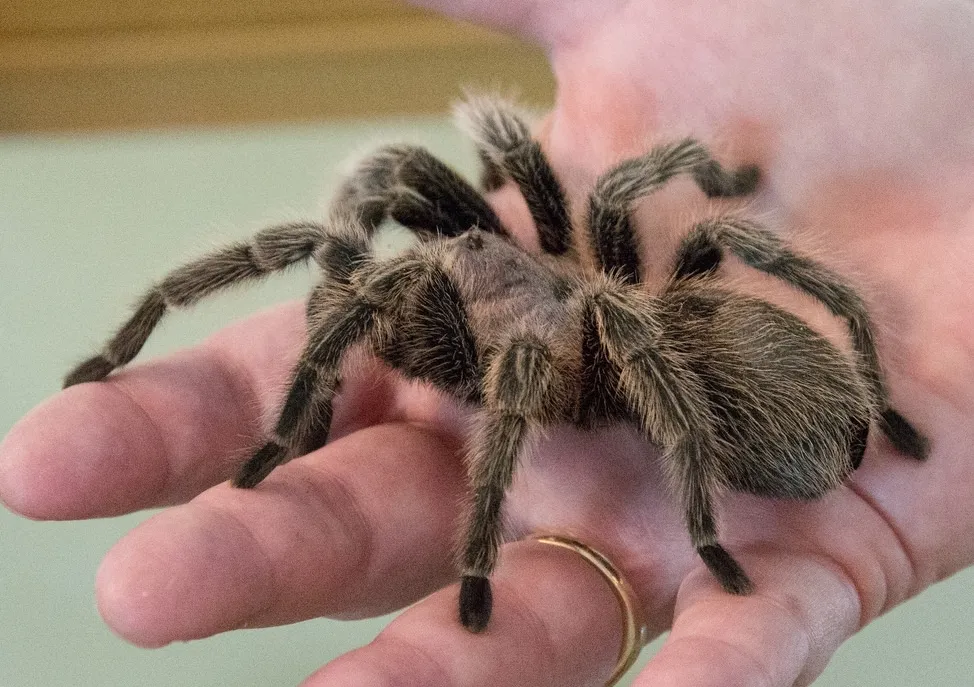
Different tarantula species have different temperaments. Some species are known for being relatively docile, while others are more defensive and prone to biting or kicking hairs. Researching the specific species of your tarantula is essential before attempting to handle it. For example, some New World tarantulas like the Pinktoe tarantula are known for being skittish and may bolt, while others might be more prone to standing their ground. Old World tarantulas, in general, are often considered more defensive. Understanding the typical behavior of your specific species will help you anticipate its reactions and adjust your handling approach accordingly. This knowledge will also help you to better understand and respond to the individual tarantula’s behavior.
Preparing for Handling
Preparation is key to ensuring a safe and stress-free handling experience for both you and your tarantula. This involves having the right equipment and a suitable environment. Handling should never be rushed; instead, you should proceed with deliberate and calm movements. Creating a safe and controlled environment minimizes the risk of accidents and allows for quick action if needed. Proper preparation will help you to manage any unforeseen issues during the handling process. Preparing includes gathering all the required equipment, finding a safe location and understanding the temperament of your tarantula. The better prepared you are, the more likely the handling will be successful and safe.
Gathering the Right Equipment
Essential equipment includes a clear container to catch the tarantula if it escapes during handling, soft brushes for gently guiding the tarantula, and a clear, clean workspace. Handling tools like long tongs can be helpful, but they should be used with extreme care to avoid injuring the tarantula. Always sanitize any tools before and after use to prevent the spread of diseases or contamination. Having the right tools in place provides a measure of safety and control during the handling process. If you opt to use tongs, make sure they are padded or smooth-tipped to prevent injury. Have a first-aid kit and necessary cleaning supplies in case of any incident, and ensure that you have a plan in place for emergencies. Prepare for all the possible scenarios.
Choosing the Right Handling Location
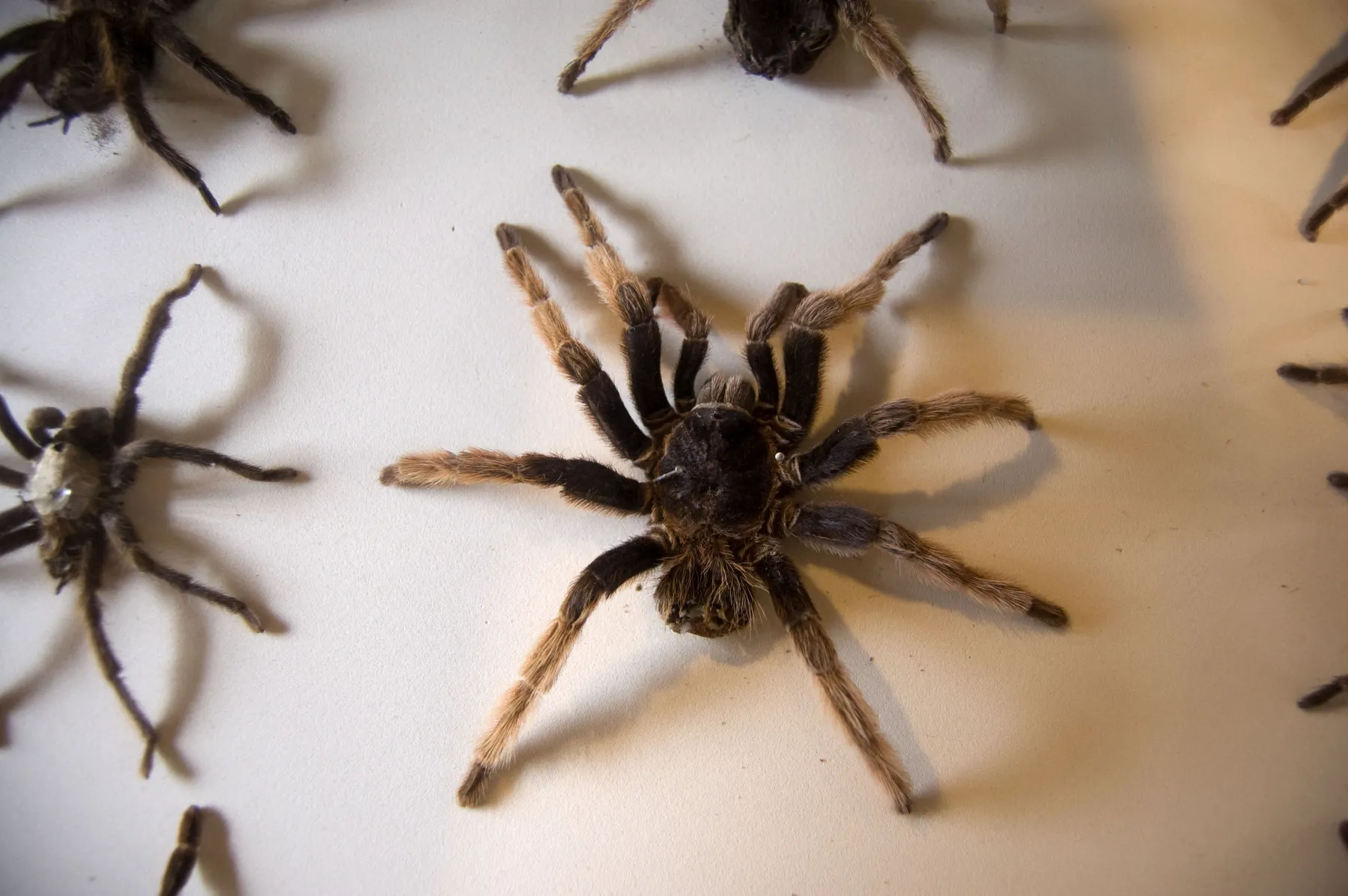
Select a location free from distractions, such as a table in a quiet room, where the tarantula cannot easily escape. The surface should be smooth, clear, and easy to clean. Avoid handling your tarantula near windows, open doors, or high places where it could fall and be injured. The ideal location should be well-lit so you can clearly see the tarantula and its reactions. The surface should be at a level that would not cause serious injury if the tarantula falls. Make sure the location is also temperature-controlled, to avoid stressing the tarantula through extreme temperature fluctuations. A controlled environment minimizes the risks associated with accidental escapes and allows for safer handling.
The Safe Handling Process
Handling a tarantula requires a calm and deliberate approach. Never force the tarantula to move; instead, let it walk onto your hand. Avoid sudden movements and loud noises. Always supervise children and ensure they are not rough with the tarantula. The key is to remain patient and to give the tarantula the opportunity to adjust to being handled. Handling should be brief, to avoid stressing the tarantula, and you should return the tarantula to its enclosure if it shows signs of distress. Be aware that each handling process is an individual experience, and each tarantula will respond differently, based on the species, and its own disposition. Be observant, patient, and respectful of the tarantula at all times.
Approaching Your Tarantula Calmly
Approach the enclosure slowly and speak in a calm, reassuring voice to avoid startling your tarantula. Open the enclosure gently and allow the tarantula to see your presence. Do not make any sudden movements or try to grab the tarantula. Instead, gently place your hand near the tarantula, allowing it to crawl onto your hand at its own pace. If the tarantula hesitates or shows signs of stress, such as raising its front legs, retract your hand and try again later. Patience and a relaxed approach are essential for building trust and minimizing stress. Never try to handle a tarantula that appears agitated or defensive.
Using Tools for Handling
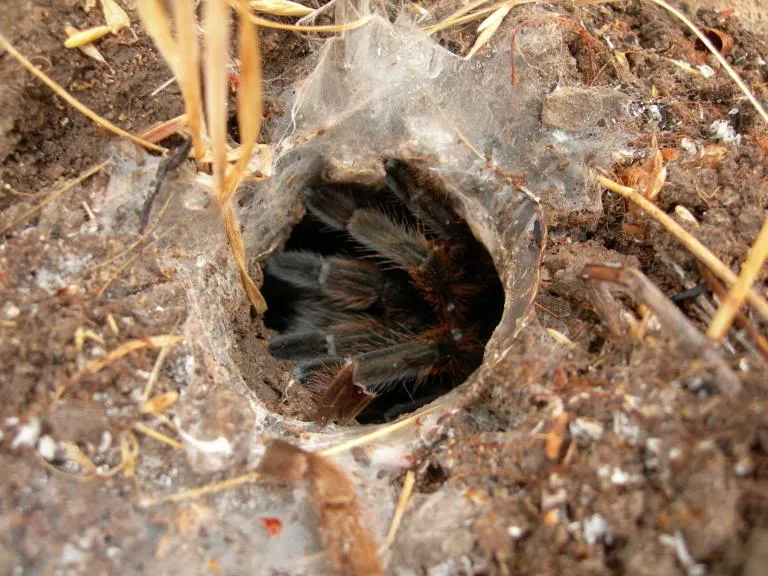
While direct handling is often preferred, using tools such as soft brushes or tongs can be necessary, especially with more defensive species or if you are new to handling tarantulas. If using tools, approach the tarantula slowly and use gentle movements. Guide the tarantula with a soft brush rather than trying to grab it with tongs. If using tongs, ensure they have soft tips and avoid squeezing the tarantula. Always support the tarantula’s body and avoid any action that might injure its delicate legs or abdomen. Remember that tools are intended to aid handling safely, not to force the tarantula to move. Ensure the tarantula’s comfort and safety, which is the most important thing.
Minimizing Stress for the Tarantula
Minimize handling time and avoid handling your tarantula if it is in premolt, has recently molted, or has just eaten. Handle tarantulas only when necessary, such as for enclosure maintenance or health checks. Create a calm environment with minimal noise and distractions. Always place the tarantula back in its enclosure gently and without startling it. Observe the tarantula for signs of stress, such as erratic movements or defensive postures, and stop handling immediately if you notice them. Provide the tarantula with a safe, secure environment, and avoid any unnecessary handling. The less stress the tarantula experiences during handling, the healthier it will be.
Post-Handling Procedures
After handling, it’s essential to inspect your tarantula and its enclosure for any signs of injury or stress. Cleaning and sanitizing handling tools and your hands is equally important to prevent the spread of diseases. These procedures ensure that both the tarantula and its environment remain safe and healthy. Post-handling care is essential to the tarantula’s well-being and is just as important as the handling itself. It includes a thorough inspection, cleaning and hygiene practice and overall assessment of the experience.
Inspecting Your Tarantula After Handling
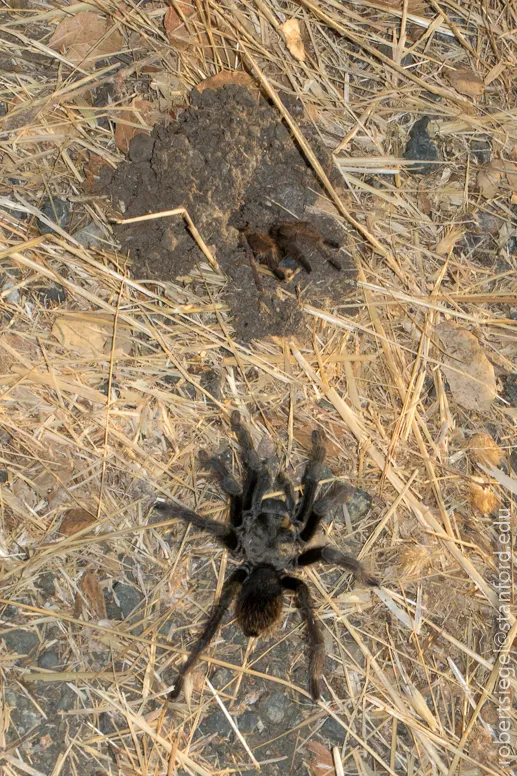
After handling, carefully inspect your tarantula for any signs of injury, such as broken legs, damaged fangs, or injuries to the abdomen. Observe the tarantula’s behavior for any unusual signs, like lethargy or loss of appetite, which could indicate stress or injury. Check the enclosure to make sure the tarantula is comfortable and that everything is in place. Any abnormal behavior, such as erratic movement, could also signify a problem. If you notice any issues, consult an expert or a veterinarian specializing in exotic animals. Early detection and intervention are crucial for addressing any health concerns.
Cleaning and Sanitizing Handling Tools
Thoroughly clean and sanitize any tools used during handling, such as tongs, brushes, and the catch container. Use a pet-safe disinfectant and follow the manufacturer’s instructions. Washing your hands thoroughly with soap and water is essential. Cleaning the tools and your hands after handling prevents the spread of potential pathogens and ensures the safety of both you and your tarantula. Maintaining hygiene helps to reduce the risk of transferring any harmful substances. Cleaning is a standard step in ensuring a safe handling practice.
Best Practices and Safety
Adhering to best practices and safety precautions is critical when handling tarantulas. These steps help to minimize the risk of bites, falls, and other injuries. This includes being prepared for potential mishaps and knowing what to do in case of an emergency. Safety should be your top priority at all times. Implementing these guidelines ensures both a safe and stress-free experience. Proper safety practices can protect you and prevent any harm to the tarantula.
Avoiding Drops and Falls
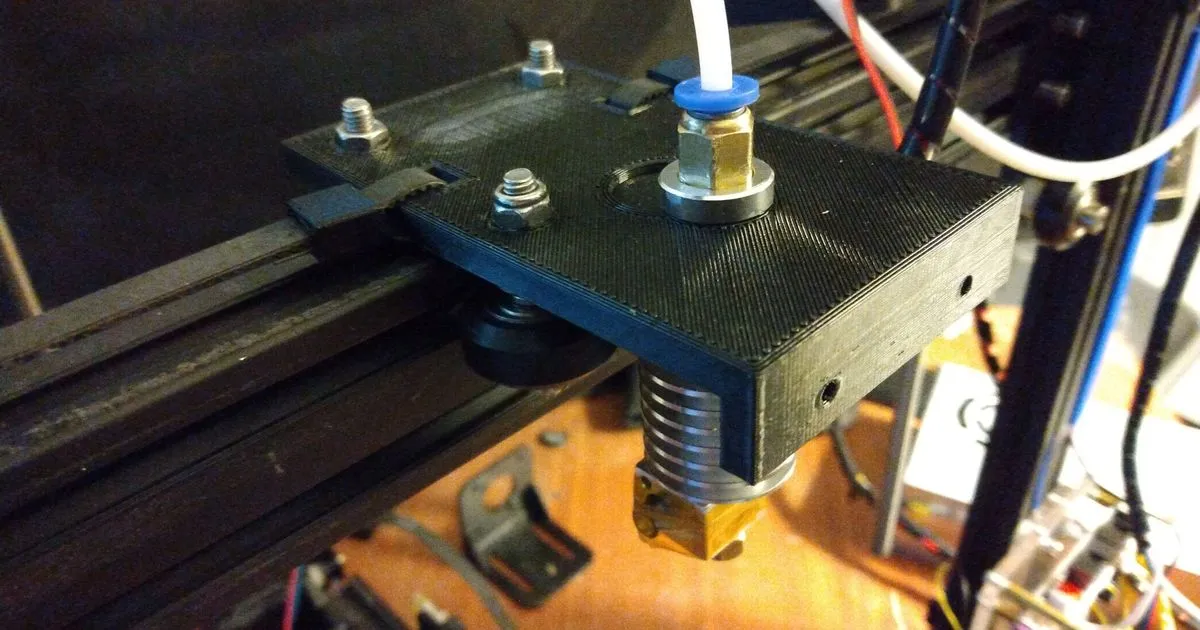
Always keep your tarantula close to the ground, or on a soft surface. Be prepared for the tarantula to move unexpectedly. Keep your hands steady and provide support to prevent it from falling. If the tarantula does fall, remain calm and assess it for any injuries. If you are unsure about the tarantula’s health, consult with a veterinarian specializing in exotic pets. Drops and falls can cause serious injuries to tarantulas, including damage to their exoskeleton and internal organs, which is why prevention is vital. When handling, always be aware of the tarantula’s movements, and take steps to prevent any accidents.
Handling Children and Tarantulas
If children are present, always supervise them when they are near the tarantula. Teach children how to respect the tarantula and not to make sudden movements or loud noises that might frighten it. Children should never handle a tarantula without adult supervision and should be educated about the risks of bites or exposure to urticating hairs. Explain to the child how to approach the tarantula carefully, and how to recognize the signs of stress. Make it a safe, educational experience. Handling a tarantula should be a supervised activity, with the child understanding and respecting the animal.
